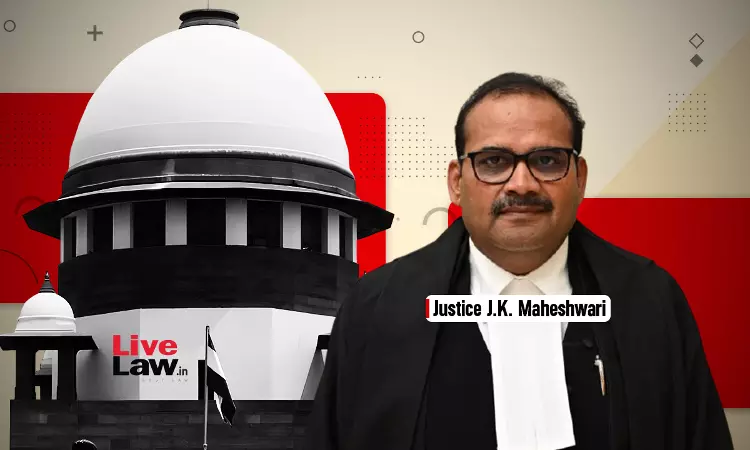Social Media Has Positive, Negative, And Balanced Impact: Justice JK Maheshwari
Padmakshi Sharma
24 Sept 2023 9:00 AM IST

Next Story
24 Sept 2023 9:00 AM IST
Speaking at the International Lawyers' Conference 2023, Justice JK Maheshwari, judge of the Supreme Court, provided a comprehensive overview of the impact of social media on the justice system. He emphasized that social media can be viewed from three perspectives: positive, negative, and balanced. Each perspective has its own set of implications for the legal community and society at large....
